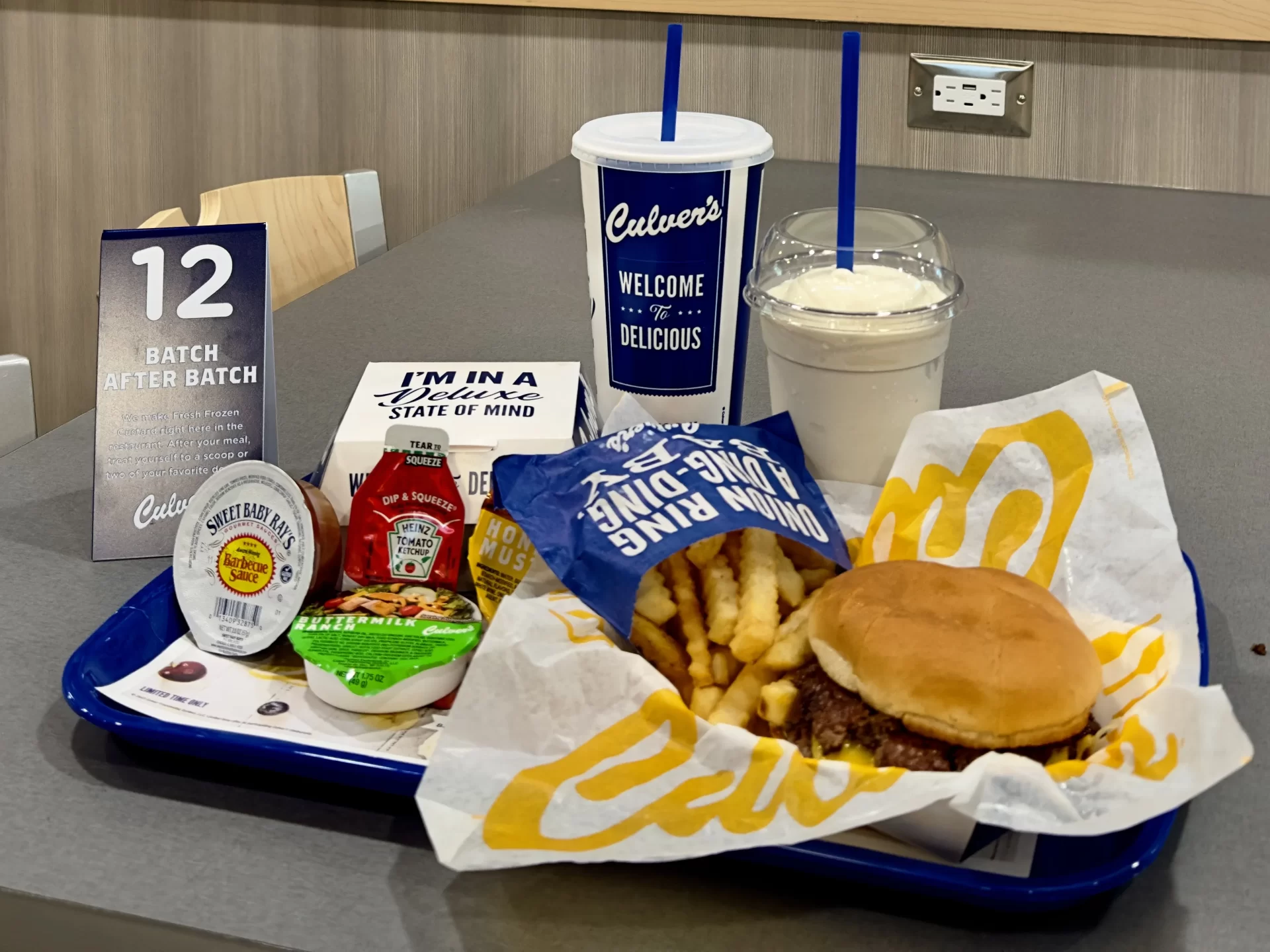By CELIA STRONG
Crackling and sparkling. Not words that are usually tied together, are they?
We talk about sparkling. As it refers to wines, of course. Somehow, crackling seems a little off course.
But, maybe not. Let’s do our lesson, taste our new wine, and see where we end up.
In the world of sparkling wines, there are several levels of quality and many sources for different styles. One detail of sparkling wines that we haven’t covered much is the various degrees of sparkling that are made.
Not all sparkling wines are as sparkling as all other sparkling wines. That means that some have more bubbles than others. And it’s done on purpose.
Champagne and traditional sparkling wines have bubbles that are made, in the bottle, from a second fermentation. The CO2 that is a byproduct of the second fermentation, is trapped in the sealed bottles and, with time, absorbed into the wine.
Less expensive wines can be made with a secondary fermentation done in a sealed tank. Then, the wine is bottled, under pressure to preserve the bubbles.
Even less expensive sparkling wine is gassed. Wines are placed in sealed tanks, a hose of CO2 is placed below the surface of the wine and bubbles are shot into the wine.
The quality of the wines and the size of their bubbles are partly how we judge them.
Beyond these basic methods, though, are others. Minimally sparkling wines can be made by stopping the first fermentation and bottling the wine. Then, when the first (alcoholic) fermentation finishes in the bottle, the CO2 byproduct is caught and held inside. But, the amount of CO2 is less, so the quantity of bubbles in the wine is smaller.
Despite the fact that we’ve been trained to look for a lot of bubbles, there are advantages to having fewer. These wines are younger and fresher. Because they have only had one fermentation. And, they are less filling as we drink them.
Truth be known, Champagne and good sparkling wines will never be replaced. It’s just that sometimes, not-so-intense flavors and gasses is nice. Lighter and more refreshing.
These wines with less effervescence do have a name. Pétillant. (Pétillant translated from French means crackling or sparkling.)
A bottle of Champagne, or a sparkling wine made by the same process, has about 75 pounds of pressure per square inch in it. Roughly two times a car tire.
Most crémant wines have about 35 pounds per square inch.
Pétillant wines drop by about half again. Not a flat tire, but sure not a full one either. Hence, less full feeling and less burbing.
Easier to drink more of? Definitely. And you don’t have to use a flute to help maintain the bubbles.
Our pétillant comes from the Penedès region of Spain. Which makes it a Cava — the Spanish wine law name for bubbly wines from this region.
Ninety percent of all the wines labeled “Cava” come from Penedès. The word “cava” means “cellar” and refers to the place and the length of time needed for a second fermentation.
The main grape varieties for Cavas are Macabeo, Xarel-lo and Parellada. In recent years, Chardonnay Pinot Noir, Cabernet Sauvignon, Cabernet Franc and Merlot have been allowed.
Our Cava Pétillant comes from Avinyó. A family owned winery with almost 100 acres of their own vines. They specialize in using the three main varieites for Cavas. And, they emphasize using estate grown grapes. Very rare for Cavas.
Their Pétillant is made from 80 percent Petit Gran Muscat (a distant relation to Moscato) and 20 percent Macabeo (also known as Viura which makes white Rioja wines).
The vines are up to 50 years old. At Avinyó, they call their Pétillant “vi d’agulla.” The local dialect for “prickly.”
The grapes are fermented in stainless steel and the bubbles come from a short second tank fermentation. It has bright almond and honeysuckle aromas with lemon peel flavors, a faint brininess and a stunning acidity.
It is very dry and balanced in your mouth. This is a wine that does not have to be sipped. Sip vs drink. There is a distinct difference.
Crackling. Sparkling. Prickling. Taste this wine and you won’t care about the words. You’ll just want another glass.
This is a wine for all seasons, but especially warm weather. For $11.99 at Bill’s. Enjoy.






